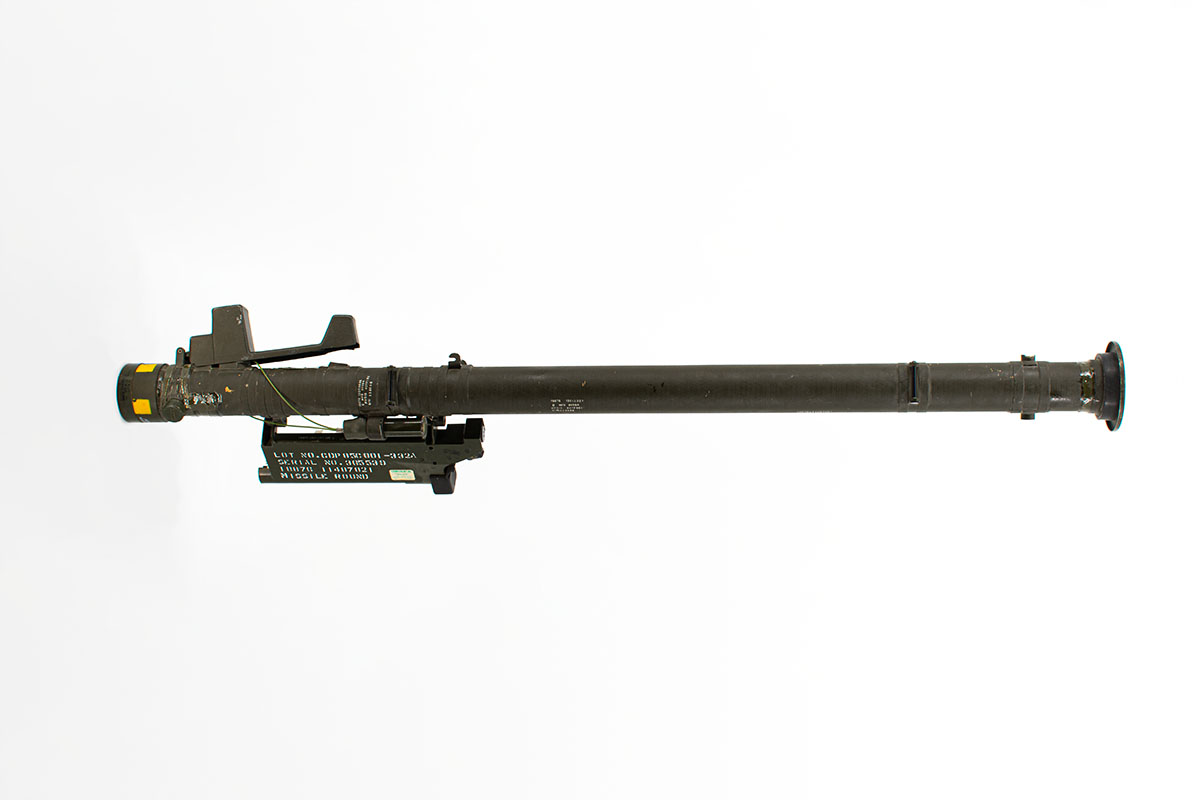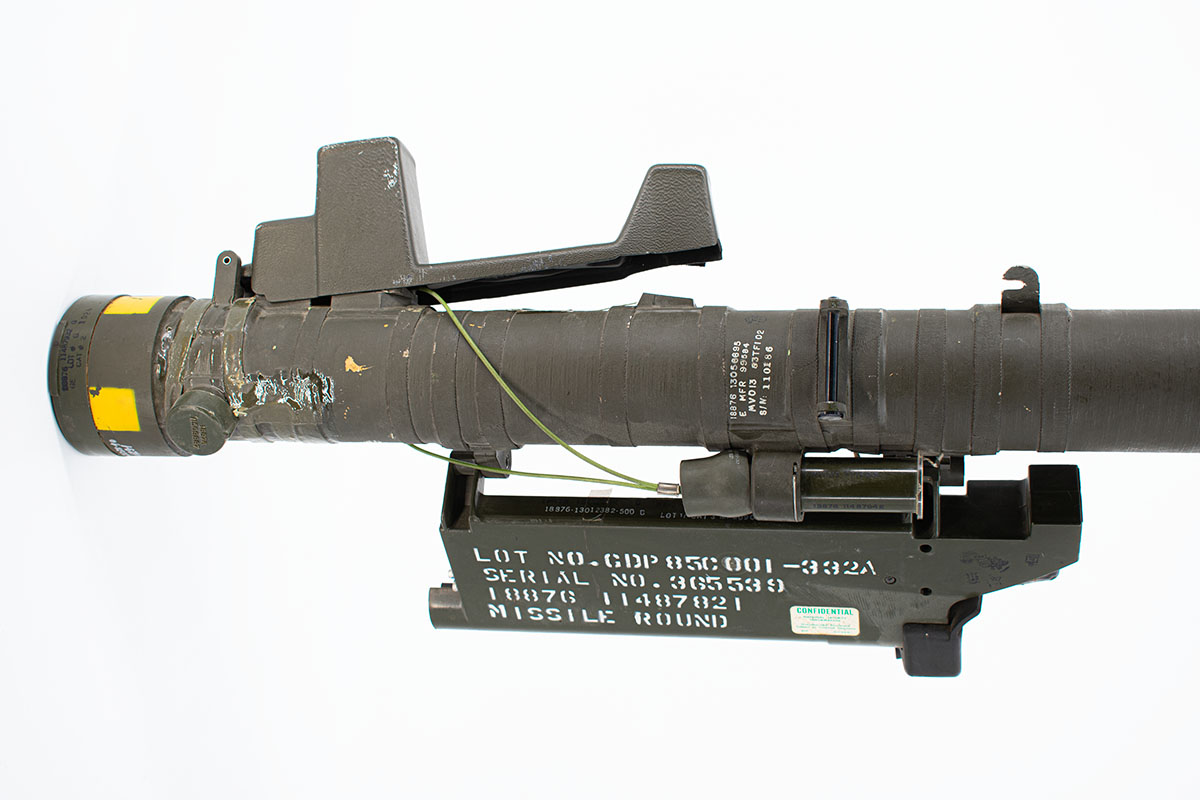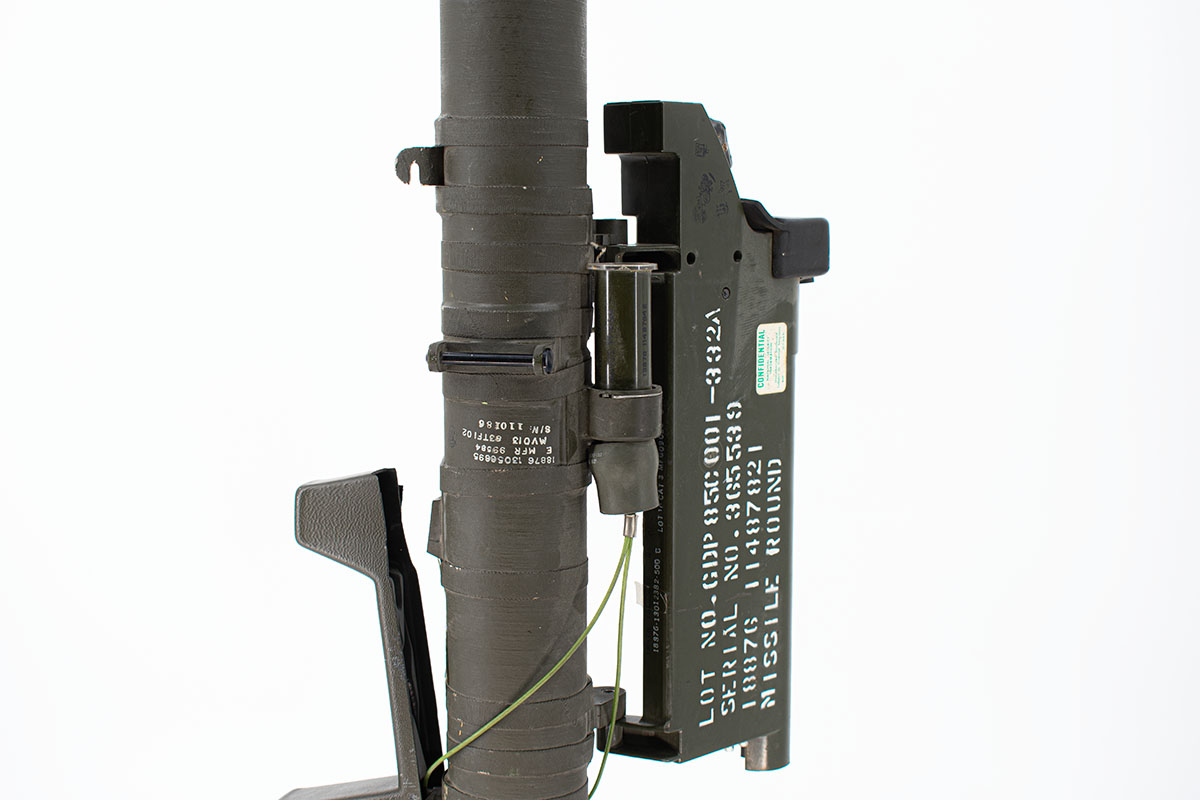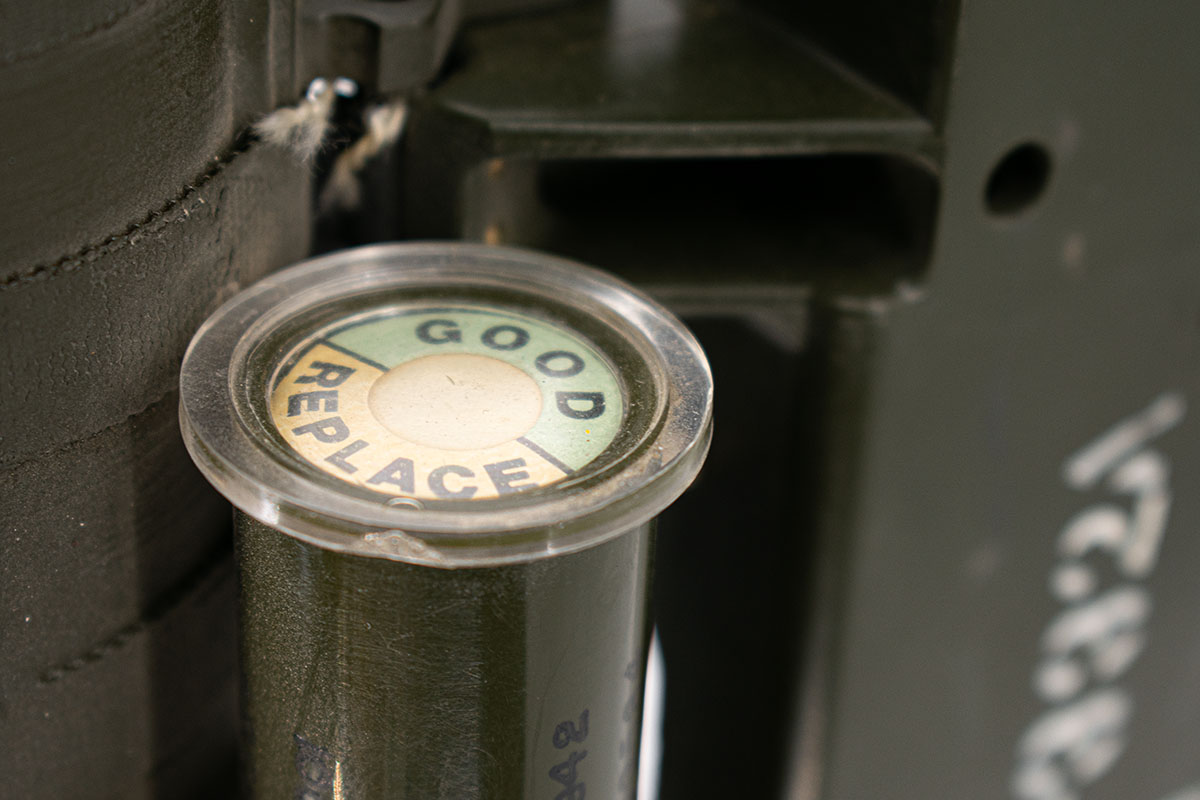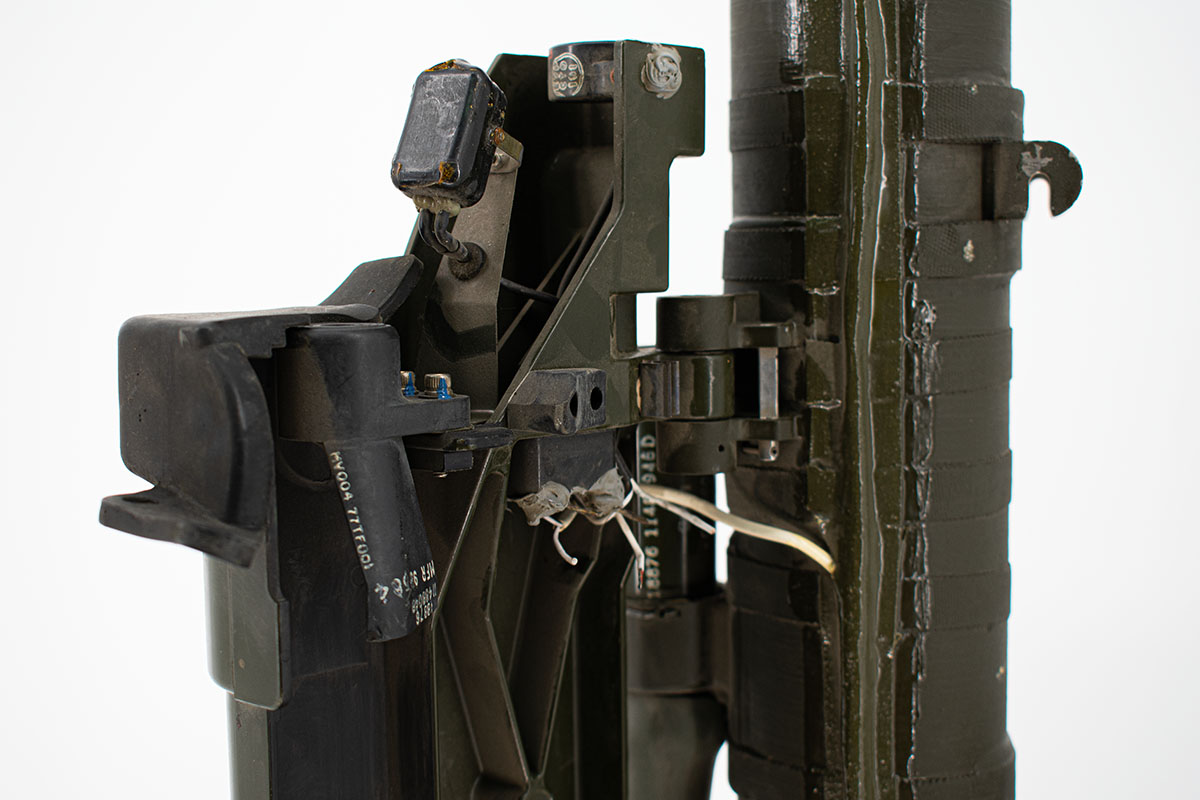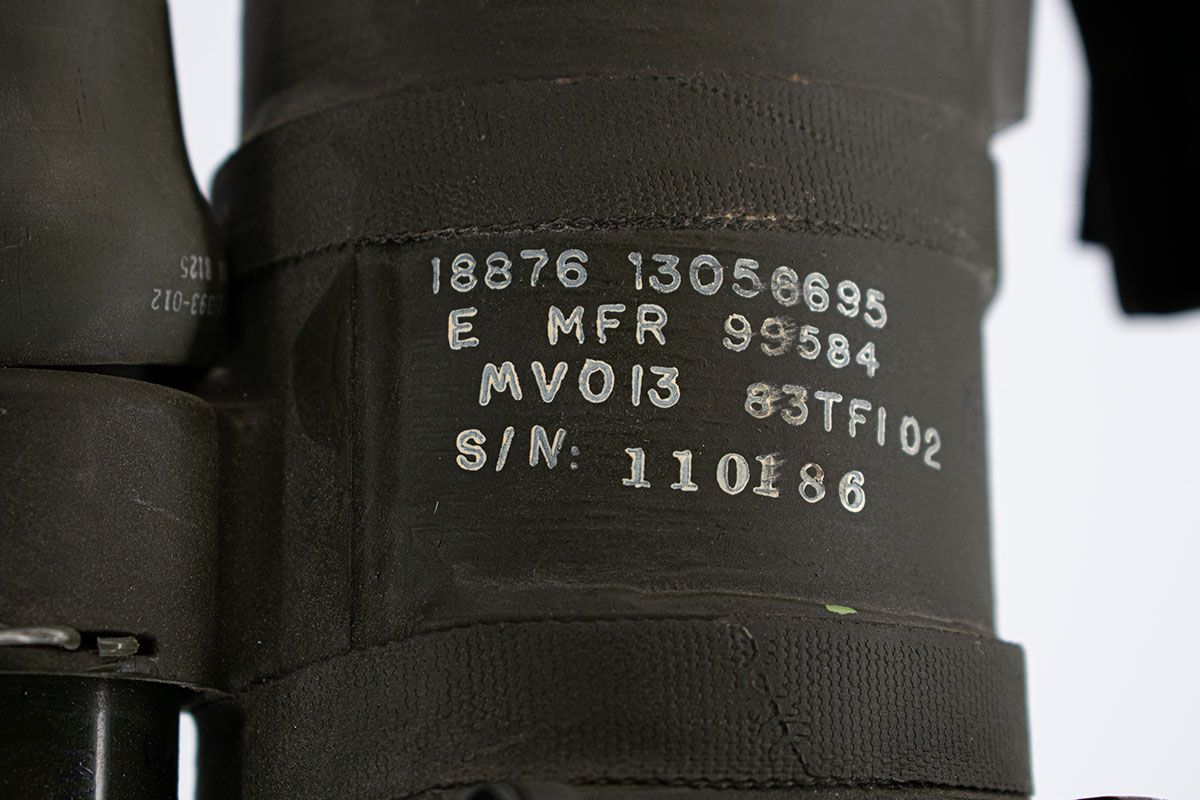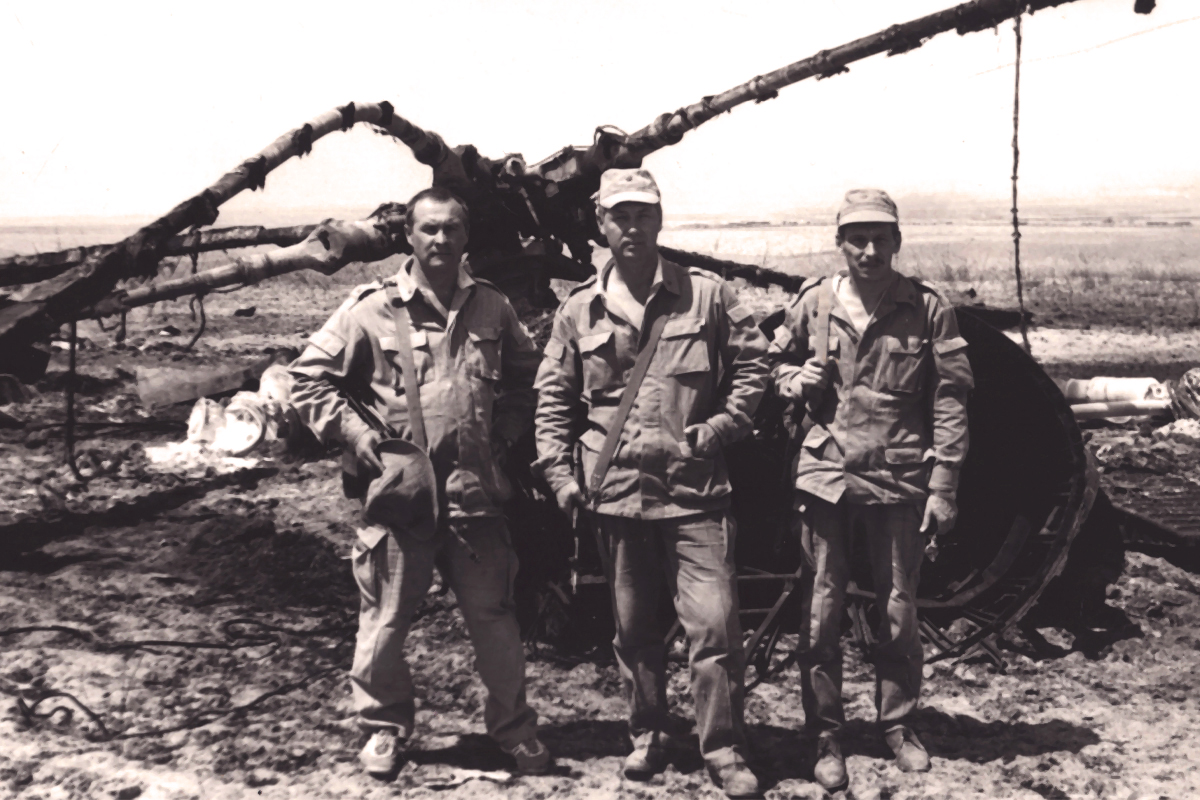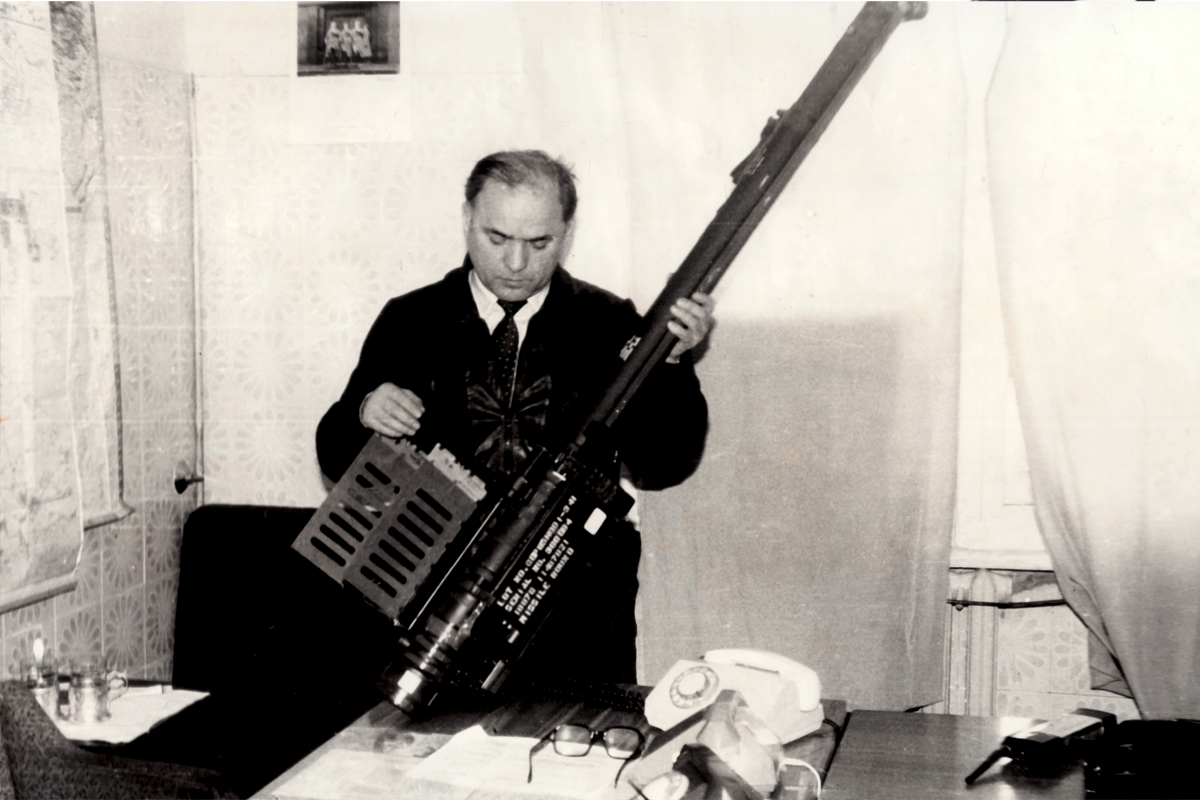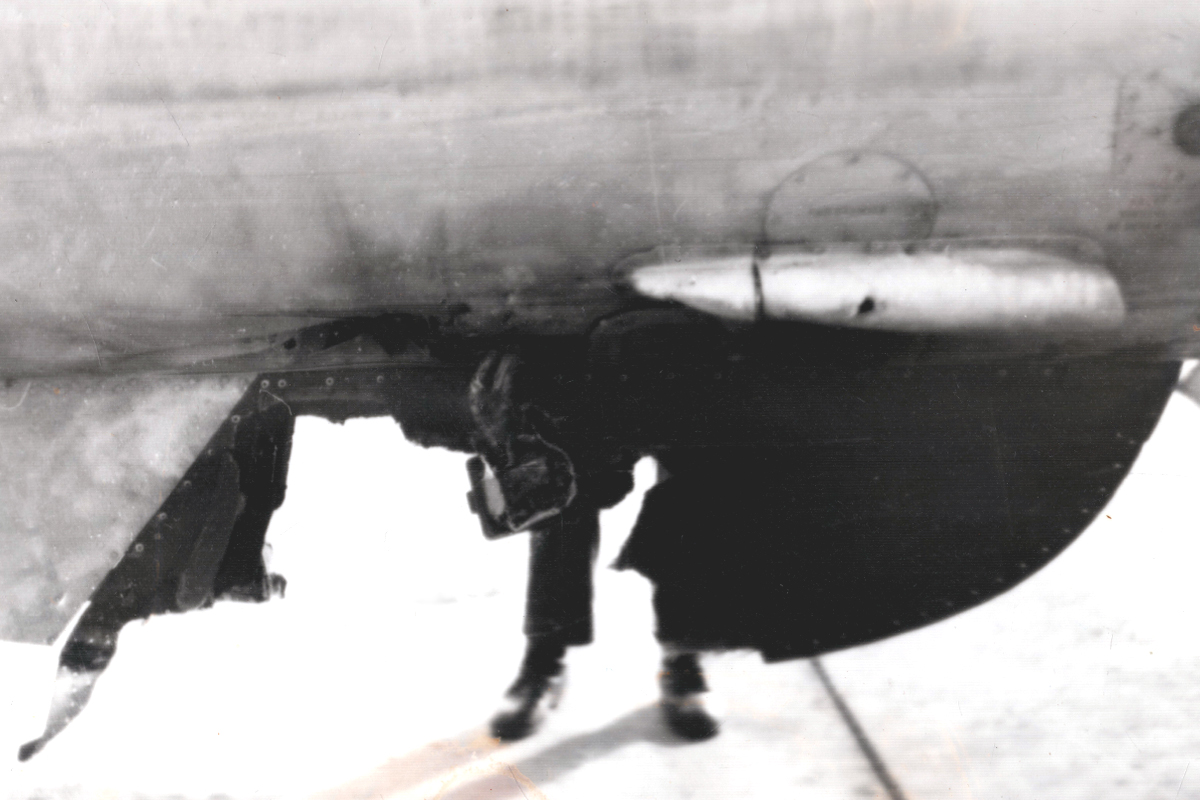The FIM-92 Stinger man-portable air-defense system (MANPADS) — one of the most iconic and effective air defense weapons in the world — has significantly shifted the balance of power in numerous military conflicts.
The Stinger has become a true symbol of modern warfare, frequently depicted in films, often in the context of the battle between good and evil.
Developed in the 1980s by the American company General Dynamics, the Stinger was the first man-portable air-defense missile system capable of targeting aircraft and helicopters at low altitudes (up to 3.5 km). Using infrared homing, the missile locks onto the heat signatures of engine exhausts and destroys its targets with precision. Another key advantage of the system is its portability — it can be carried and operated by a single soldier, making it indispensable in warfare where mobility and speed are critical.
The Stinger was used in numerous conflicts, most notably in the 1980s during the war in Afghanistan, where it proved highly effective against Soviet helicopters and aircraft. Its deployment among the Mujahideen had a marked impact on Soviet air tactics. By the end of the war, the USSR had failed to develop effective countermeasures against this weapon.
The supply of Stingers to Afghan insurgents began in September 1986. That same month, the first successful deployment was recorded: five missiles were fired, bringing down three Soviet Mi-24D helicopters in a single day. The shootdowns were captured on video and the footage was sent to U.S. President Ronald Reagan.
The National Museum of the History of Ukraine in the Second World War holds a unique exhibit — one of the first modifications of the legendary Stinger and a witness to the brutal and bloody conflict in Afghanistan.
The trophy Stinger was transferred to the Museum by the Ministry of State Security of the Republic of Afghanistan through the Embassy of the USSR. It was immediately displayed in the museum exhibition to showcase the formidable modern weaponry that the Soviet contingent had faced in Afghanistan — and to emphasize that they endured in a confrontation not only with the Mujahideen but also with the United States and NATO. This portrayal aligned with Soviet propaganda narratives and remained common until Russia’s annexation of Crimea and the onset of war in Eastern Ukraine.
To this day, the Stinger has undergone numerous upgrades and remains an integral part of armed forces worldwide.
On the eve of Russia’s full-scale invasion of Ukraine, several countries — including Lithuania, Latvia, Germany, Denmark, the Netherlands, Italy, and the United States — announced plans to supply Stinger systems to the Armed Forces of Ukraine. In early March 2022, the United States reported that, together with NATO allies, it had delivered more than 2,000 units of this weapon to Ukraine.
Stingers played a key role in halting the Russian advance during the initial months of the invasion. Reports confirmed that Russian Mi-24 and Ka-52 helicopters, a Su-34 jet, and several drones were successfully shot down using this system.
In today’s evolving warfare — where unmanned aerial vehicles are becoming increasingly widespread — the FIM-92 Stinger remains one of the most effective and versatile air-defense systems in its class.
